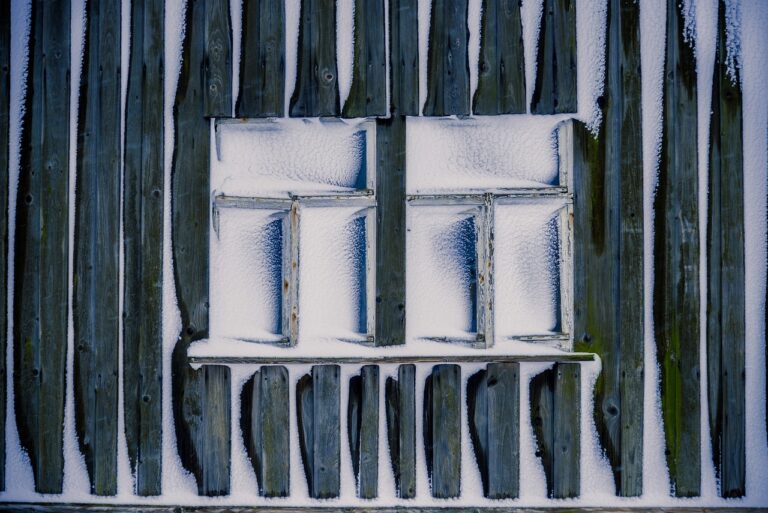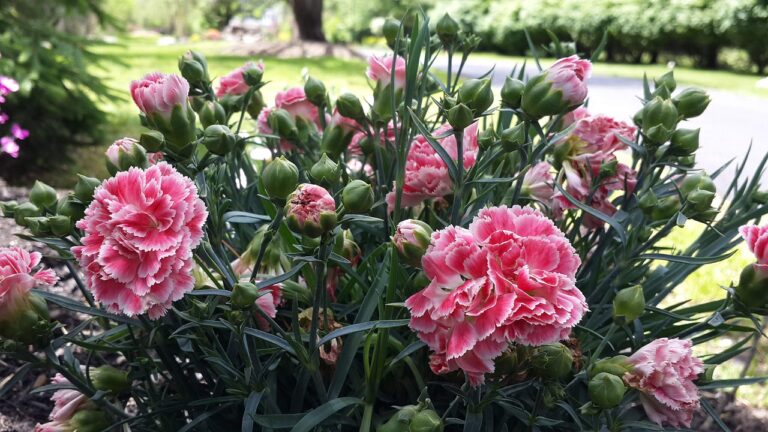Eco-Friendly Septic Solutions
allexchbet com login, 99exch.com, all panel: Eco-Friendly Septic Solutions
Have you ever stopped to think about what happens to all the waste that goes down your drains? If you live in a home that is not connected to a municipal sewer system, chances are you have a septic tank that takes care of all that waste for you. While septic systems are a great way to manage household wastewater, they can also have a negative impact on the environment if not properly maintained. Luckily, there are eco-friendly septic solutions that can help you take care of your septic system while also protecting the environment.
1. Regular Maintenance
One of the best ways to ensure your septic system remains eco-friendly is by performing regular maintenance. This includes having your tank pumped every 3-5 years, depending on the size of your household and the amount of wastewater produced. Regular maintenance will prevent solids from building up in your tank and clogging the drainfield, which can lead to wastewater leaking into the environment.
2. Use Water Wisely
Conserving water is not only good for the environment but also for your septic system. The less water you use, the less strain you put on your septic system. Be mindful of how much water you use by fixing leaks, installing low-flow fixtures, and avoiding long showers or leaving faucets running unnecessarily.
3. Avoid Harsh Chemicals
Chemicals like bleach, drain cleaners, and antibacterial soaps can disrupt the natural balance of bacteria in your septic tank, leading to system malfunctions and groundwater contamination. Opt for eco-friendly cleaning products that are biodegradable and septic-safe.
4. Avoid Flushing Harmful Substances
Flush only human waste and toilet paper down the toilet. Avoid flushing items like baby wipes, feminine hygiene products, cigarette butts, and medications, as they can clog your system and harm the environment.
5. Maintain Your Drainfield
The drainfield is where wastewater is treated and returned to the ground. To keep your drainfield functioning properly, avoid parking or driving over it, planting trees or shrubs nearby, or using heavy machinery on top of it. These activities can damage the pipes and soil, leading to system failure.
6. Install a Filter
Consider installing a filter in your septic tank to prevent solids from entering the drainfield. Filters can help extend the life of your system and reduce the risk of leaks and groundwater contamination.
7. Consider Eco-Friendly Alternatives
If you’re looking to upgrade or replace your septic system, consider eco-friendly alternatives like aerobic treatment units, composting toilets, or gray water systems. These systems are more efficient, produce less waste, and are better for the environment.
FAQs
Q: How often should I have my septic tank pumped?
A: It is recommended to have your septic tank pumped every 3-5 years, depending on the size of your household and the amount of wastewater produced.
Q: Can I use a garbage disposal with a septic system?
A: Garbage disposals can put extra strain on your septic system by adding more solids to the tank. It is best to avoid using a garbage disposal or limit its use to preserve the health of your septic system.
Q: What should I do if I suspect a problem with my septic system?
A: If you notice signs of a septic system issue like slow drains, sewage backups, or foul odors, contact a professional septic service provider immediately to investigate and address the problem.
In conclusion, taking care of your septic system is not only important for your home’s health and functionality but also for the environment. By following these eco-friendly septic solutions, you can help protect groundwater, reduce pollution, and ensure the longevity of your septic system. Remember, a little care goes a long way in preserving our planet for future generations.







